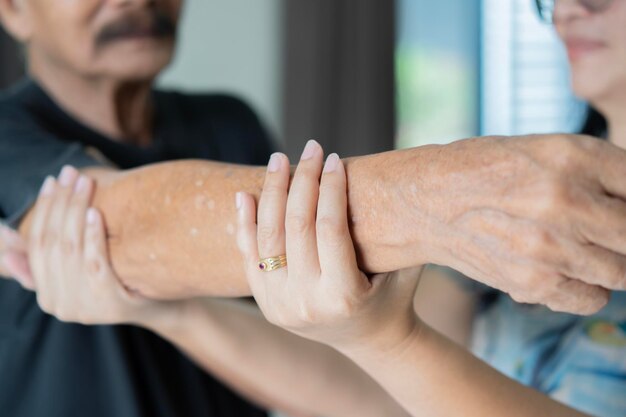Understanding the Speed of Parkinson's Disease Progression
When someone is diagnosed with Parkinson's disease, a natural concern arises: how quickly will the disease progress? Unfortunately, there is no simple answer, as the progression rate of Parkinson's disease varies widely among individuals. This progressive neurological disorder is known for its slow onset, with symptoms evolving over many years. Understanding the factors that influence the speed of progression can help patients and caregivers manage expectations and plan accordingly.
Individual Variation in Disease Progression
Parkinson's disease is characterized by motor symptoms like tremors, rigidity, and bradykinesia, as well as non-motor symptoms such as depression, sleep disturbances, and cognitive changes. The speed of progression can be influenced by several factors, including age at onset, overall health, lifestyle, and presence of other medical conditions. Generally, the disease tends to progress more slowly in individuals who are diagnosed at a younger age compared to those diagnosed later in life.
Stages of Parkinson's Disease
Parkinson's disease is often classified into stages using the Hoehn and Yahr scale, which ranges from Stage 1 (mild symptoms) to Stage 5 (severe disability). Most patients take years to move from one stage to the next. On average, it may take about ten years to progress from early to late-stage Parkinson’s, though this timeline can vary significantly.
Factors Influencing Progression
- Age: Older patients tend to experience a faster progression.
- Genetics: Certain genetic mutations might accelerate the disease.
- Lifestyle: Active lifestyles and healthy diets can help manage symptoms.
- Comorbidities: Conditions like cardiovascular disease or diabetes may impact progression.
Importance of Early Detection and Management
Early diagnosis and consistent management of Parkinson's symptoms significantly improve quality of life and can help slow progression. Treatment regimens often include medication like levodopa, physical therapy, and lifestyle changes. It is crucial for patients to maintain open communication with healthcare providers to adjust treatments as necessary.
Financial and Educational Support for Parkinson's Patients
Managing Parkinson's disease is not only physically and emotionally demanding but can also be financially challenging. Patients and families should be aware of the supportive resources available to ease this burden.
- Social Security Disability Benefits: If Parkinson's disease impacts your ability to work, you might qualify for disability benefits.
- Medicare and Medicaid: These programs offer coverage for treatments and medications.
- Non-Profit Organizations: Many provide grants and assistance for medical expenses.
- Caregiver Support Programs: Designed to aid those caring for Parkinson’s patients.
- Vocational Rehab Services: Help patients maintain or return to employment.
- Financial Planning Services: Assist with budgeting for medical and living expenses.
Exploring Aid Programs and Financial Assistance
If managing the financial aspect of Parkinson's disease is becoming overwhelming, there are programs available to help reduce financial strain. Here are some avenues to explore:
- Government Aid Programs: ✅ Can offer significant healthcare cost relief.
- Non-profit Financial Aid: 🏥 Various organizations are ready to assist.
- Debt Relief Options: 🤑 Consider negotiating terms on existing debt with professional services.
- Credit Card Solutions: 💳 Special cards with lower interest rates or medical expense-oriented features.
- Scholarships for Caregivers: 📚 Financial encouragement for those supporting Parkinson’s patients.
Navigating through the uncertainty of Parkinson’s requires a proactive approach in both medical management and financial planning. By understanding progression factors and seeking available resources, patients and families can better prepare and ensure a quality life despite the challenges posed by this disease.

Related Topics
- Are There Environmental Causes Of Parkinsons
- Can Alcohol Cause Parkinson's
- Can Concussions Cause Parkinson's
- Can Concussions Cause Parkinson's Disease
- Can Dogs Get Parkinson's Disease
- Can Dogs Get Parkinsons
- Can Dogs Have Parkinson's
- Can Dogs Have Parkinson's Disease
- Can Females Get Parkinson Disease
- Can Head Trauma Cause Parkinson's